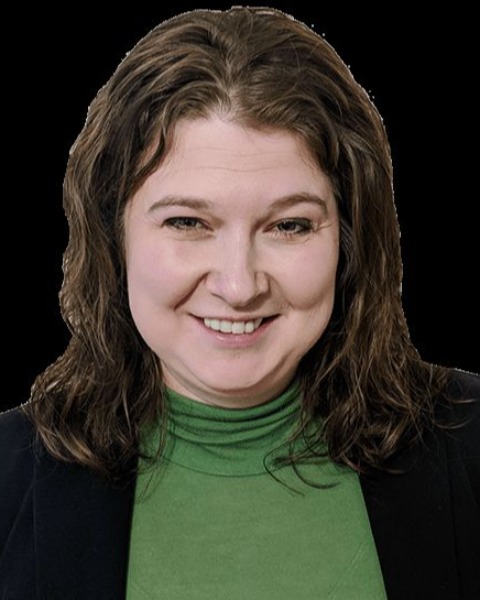Symposia
Eating Disorders
4 - (SYM 71) Insurance Impacts Barriers to Quality Eating Disorder Treatment Access in the United States
- TP
Taylor Penwell, B.A. (she/her/hers)
Graduate Student
University of Montana
Missoula, Montana, United States - SB
Samantha Bedard, M.S.
Graduate Student
University of Wyoming
Laramie, Wyoming, United States - RE
Rebecca Eyre, M.A.
Chief Executive Officer
Project HEAL
Brooklyn, New York, United States 
Cheri Levinson, Ph.D. (she/her/hers)
Associate Professor
University of Louisville
Louisville, Kentucky, United States
Speaker(s)
Co-author(s)
Objective: Financial barriers (e.g., cost, insurance) are reported as one of the most pervasive barriers to eating disorder (ED) treatment access (Penwell et al., in press). Individuals with insurance report inadequate treatment intensity and duration (Saunders, Eaton, Frazier, 2018); however, little is known regarding differences in ED treatment access between public insurance (e.g., Medicare/Medicaid) and private insurance (e.g., employer-funded). The current study assesses differences in barriers to ED treatment access in the United States between those with public and private insurance.
Methods: Participants 18 years or older (N = 2,018; Mage = 29.6 ± 9.2) were recruited for a larger study to participate in a brief online research study about lifetime ED treatment access. Participants who reported having public insurance (n = 304; 34%) or private insurance (n = 582; 66%) at the time they experienced barriers to treatment access were included in the analyses (n = 886; 44%). Chi-squared analyses and t-tests were used to examine differences in demographics, clinical characteristics, and financial barriers between those with public versus private insurance.
Results: Both groups were majority white, not Hispanic, heterosexual, and cisgender women. Most individuals with private insurance reported current full-time employment and a household income of more than $70,000, while most individuals with public insurance reported being unemployed and having a household income of less than $70,000. Individuals with public insurance reported a lower age of ED onset and diagnosis and higher ED symptoms (ps < .01). Individuals with public insurance reported more barriers overall than those with private insurance (p < .001). When exploring individual financial barriers, individuals with public insurance were more likely to report that no ED providers were in network, the best ED providers did not accept any insurance, and the right level of care was not covered (ps < .001). Individuals with private insurance were more likely to report that inpatient, residential, partial hospital, and intensive outpatient programs were covered by their insurance (ps < .001). Individuals with private insurance were more likely to report receiving specialized ED treatment (ps < .001).
Conclusions: The current study extends existing research by highlighting differences in barriers to ED treatment access between individuals with publicly- and privately-funded insurance. This study highlights the need to advocate for parity between public and private insurance.

.png)
